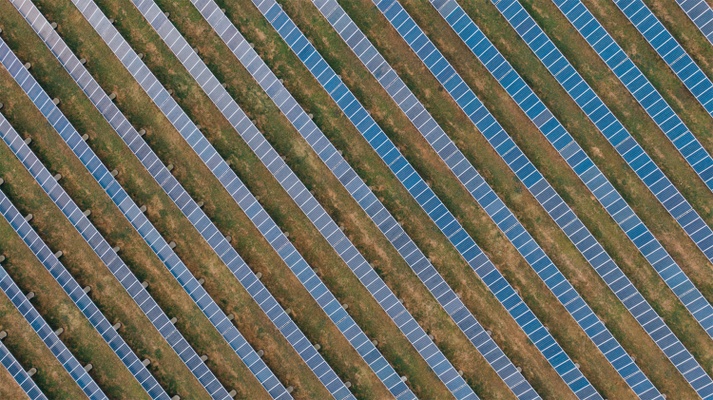We don’t just need carbon neutrality, we need one that's truly just


- Author
- Renaud BettinVP Climate Action & Sales Enablement
- Category
- Opinion
- Topics
- Carbon
- Published
- 11 January 2023
One of the main topics of COP27 was loss and damage – and how to protect vulnerable populations from the increasing impacts of a changing climate. As businesses and financial organizations implement their reduction strategy, it’s become clear they have a key role to play in contributing to climate support mechanisms.
With the $100B Green Climate Fund yet to be filled by wealthy nations, carbon credits are seen as an opportunity to empower the private sector to reconcile climate justice with carbon neutrality.
Because we don’t just need carbon neutrality. We need an approach towards carbon neutrality that’s truly just.
The Kyoto spirit has left the building
At the third COP in Kyoto, countries launched climate cooperation frameworks to help poorer countries develop in a climate-friendly way and without conducting the same high-emitting activities as the developed countries have. That’s how the projects behind carbon credits came about. The goal was to help co-finance development activities that can meet essential needs like food, housing, and education.
Nine years later, the Marrakesh Accords defined strict rules for contributing to these projects, including limiting the use of carbon sinks. It became clear carbon storage activities wouldn’t be as permanent as they claim to be as the land where they were based could be used for other purposes. Most importantly, carbon sinks could serve as an excuse for countries to prioritize carbon absorption over emission reduction.
So, what's happened since? Exactly what Marrakesh tried to avoid. Under the pressure to decarbonize more quickly, businesses looked to adopt the model followed by countries. A lot has been focusing on buying carbon credits to offset emissions and claim carbon neutrality – they keep business-as-usual, do little to reduce their footprint, and back carbon sink projects that might not even exist in two years.
Worse, their funding has no positive impact on climate change or local communities at risk.
Does it make sense to fund carbon capture and storage activities in a country where families are dying of hunger? Is it morally correct to finance tree-planting projects when half the African population has no reliable access to electricity? Should we rush to store carbon underground when children above ground don’t even go to school?
It’s not about offsetting your carbon, but contributing to climate projects
Rather than simply following an outdated climate status quo, some companies are now taking a different approach to buying carbon credits – choosing to support projects tackling local issues that really matter. That’s where the semantic shift from offsets to contributions comes in.
It’s not about canceling carbon credits, but rethinking how to use them.
With a contribution approach, companies prioritize emission reductions, and in parallel, support projects that tackle social, financial, and environmental issues locally.
Let's look at some specific examples. Poland needs to speed up the decarbonization of its energy mix, while France must prioritize its transition to low-carbon farming. Improving food security and public access to energy is an urgent priority for the African continent. Children from the Yunnan province in China need to be able to eat before they go to school, and Haiti needs to restore its degraded land.
That’s why contributions are an opportunity to restore the moral value of carbon credits and use them to bring solutions to local problems and needs.
By moving away from offsetting practices, businesses and financial organizations have the power to contribute to climate justice, their country’s climate goals, and make a real difference in building a just low-carbon future.
Want to learn how to use carbon credits in a way that’s rooted in science, transparent, and just? Read our contribution white paper
Photo credits: La voute nubienne
More stories
Track, report and act
Sweep helps you get your carbon on-track
Sign up to The Cleanup, our monthly climate newsletter


© Sweep 2024


